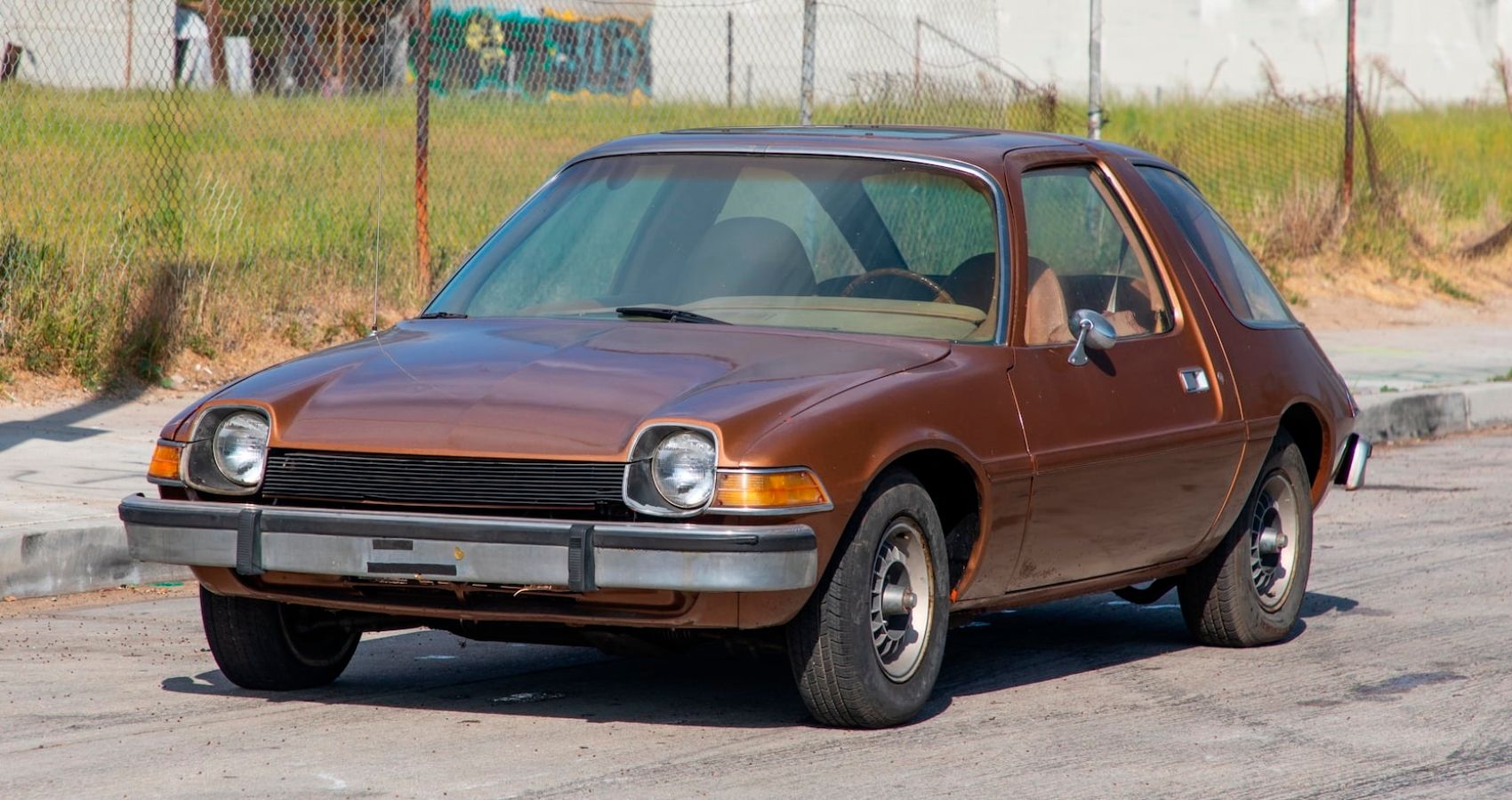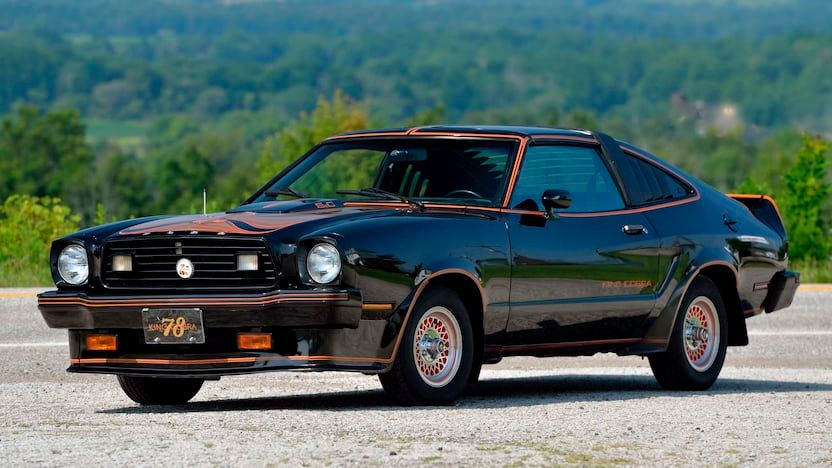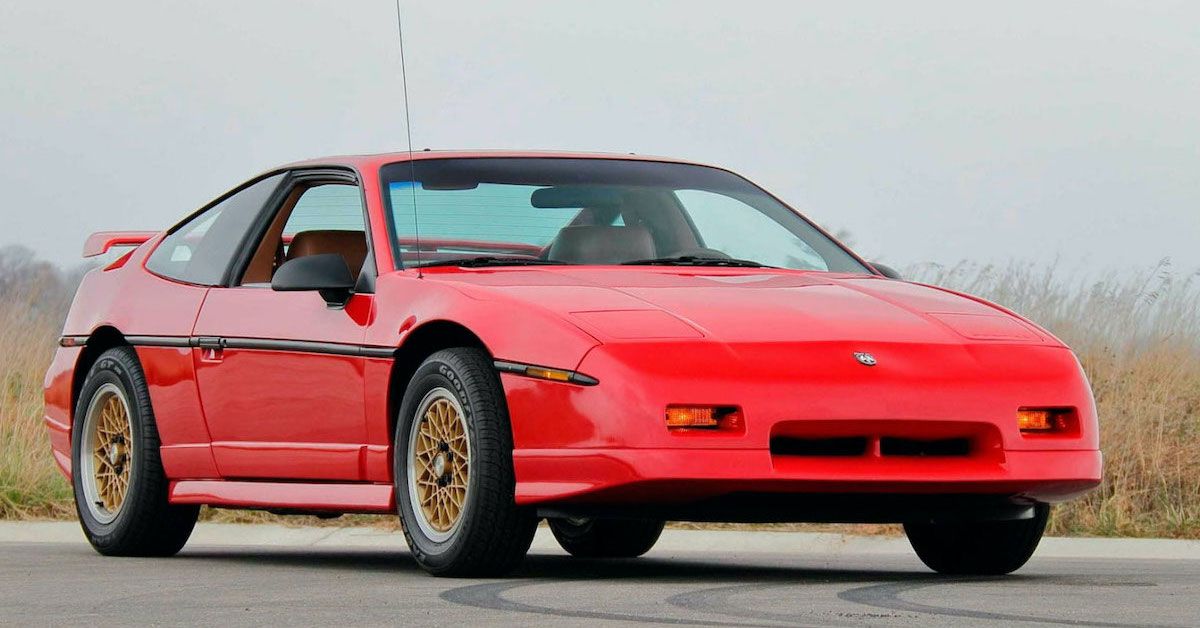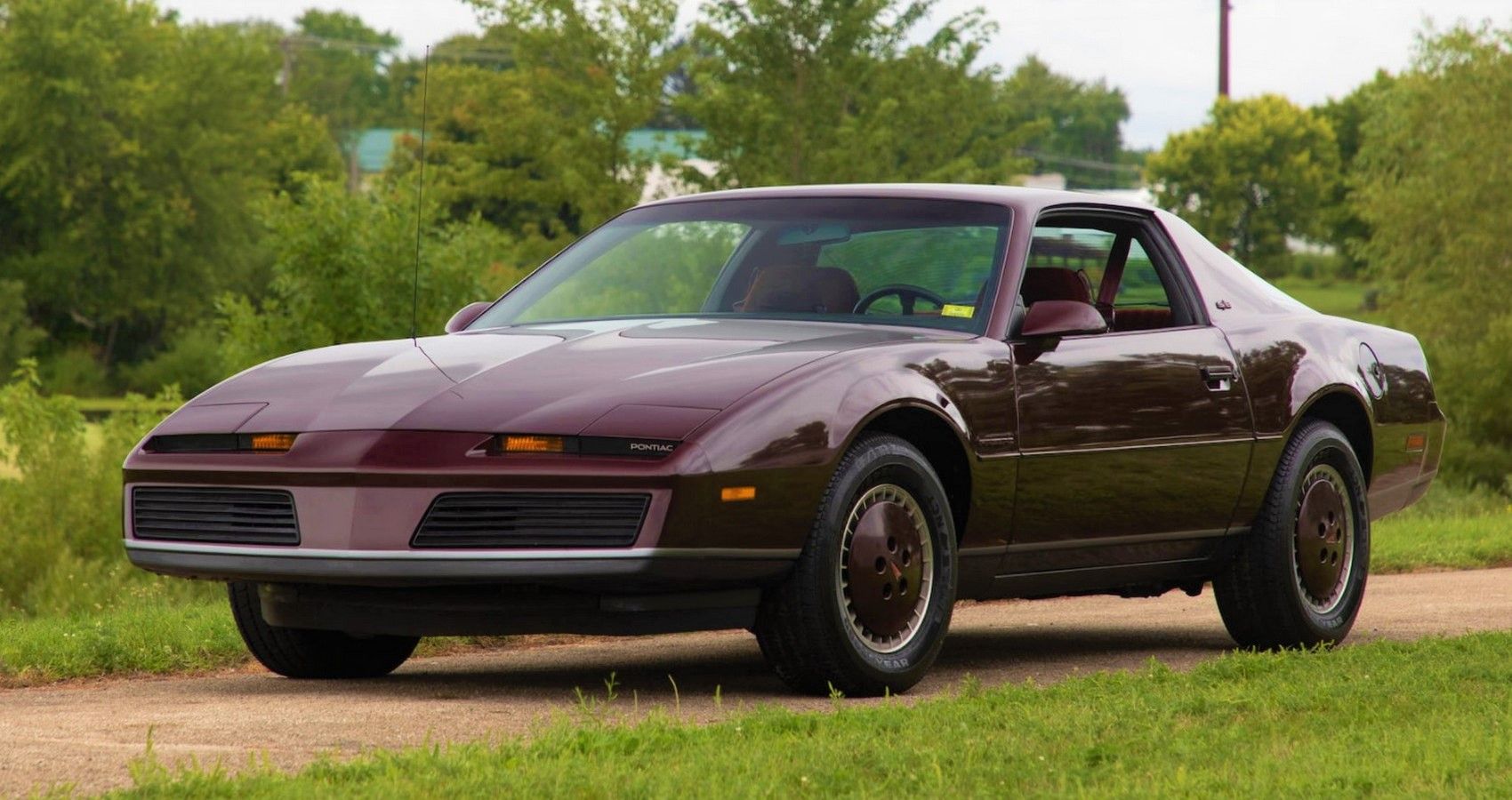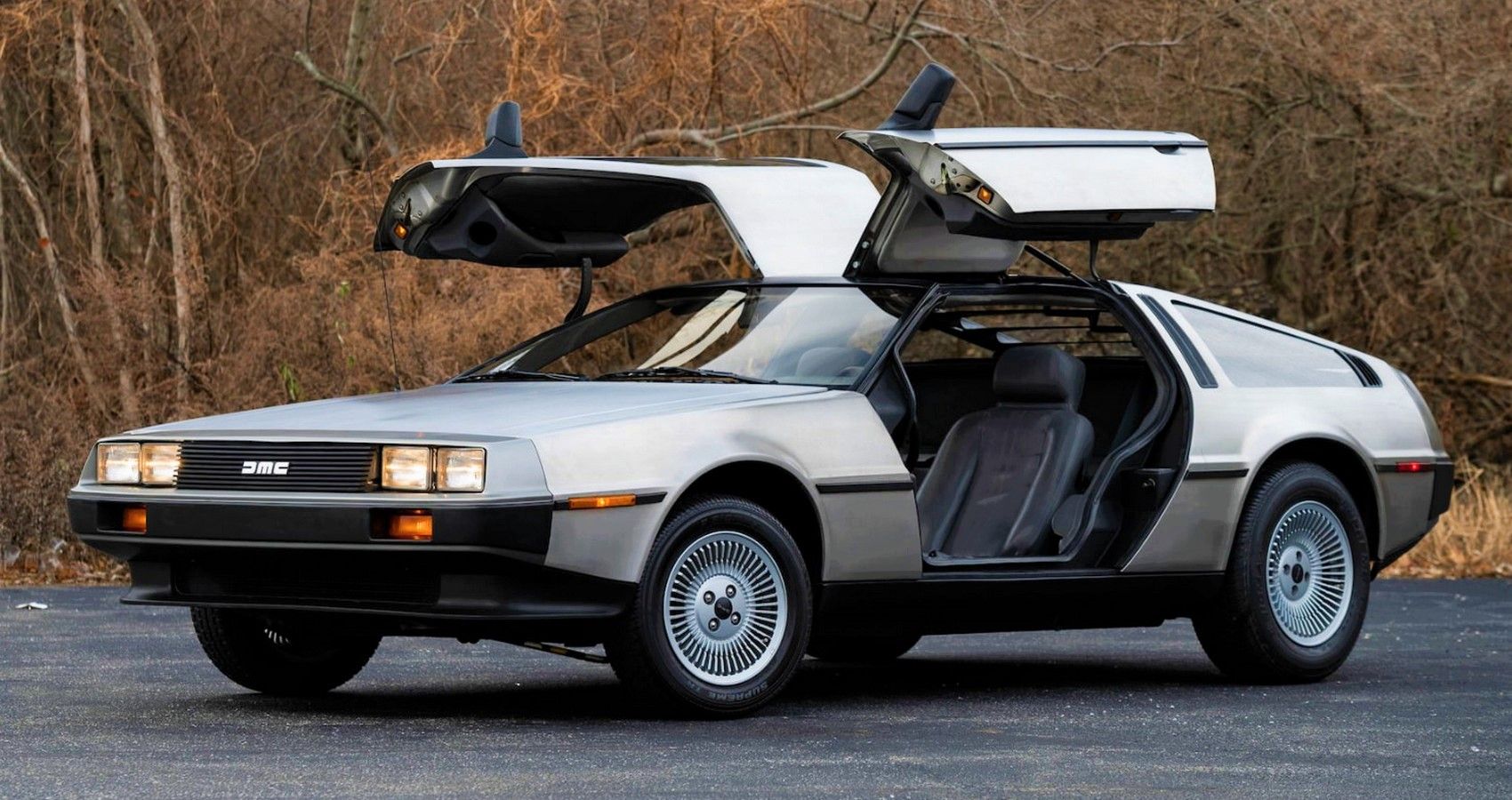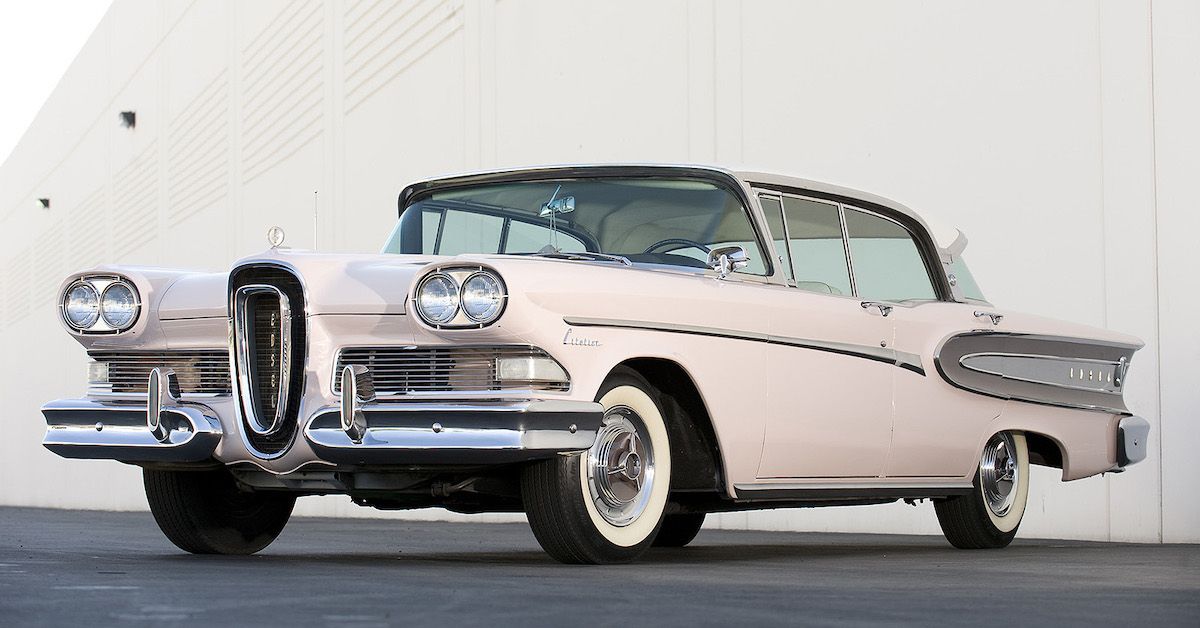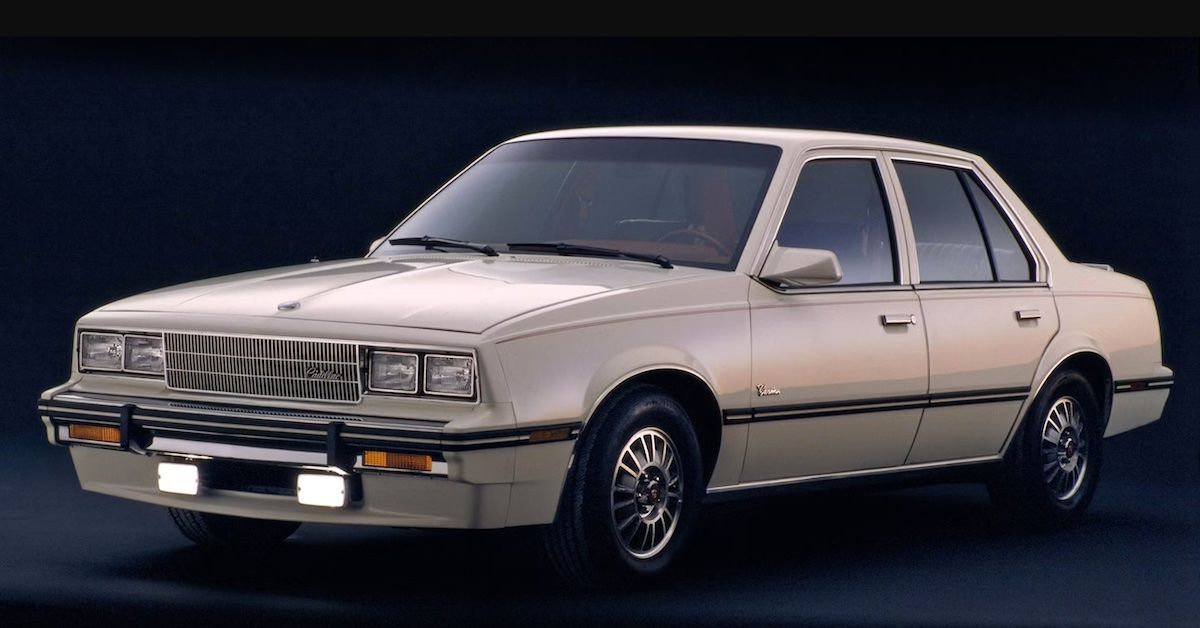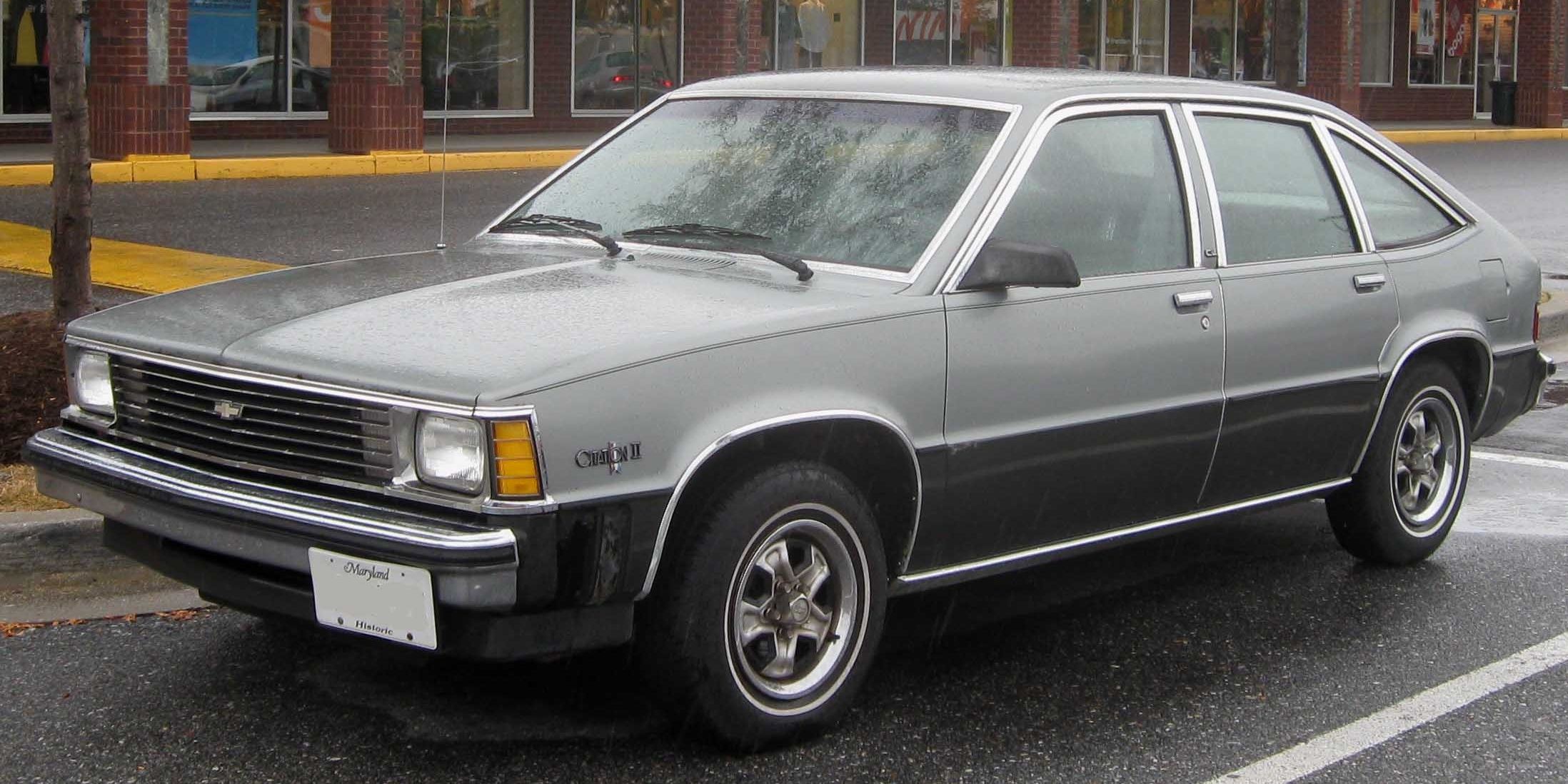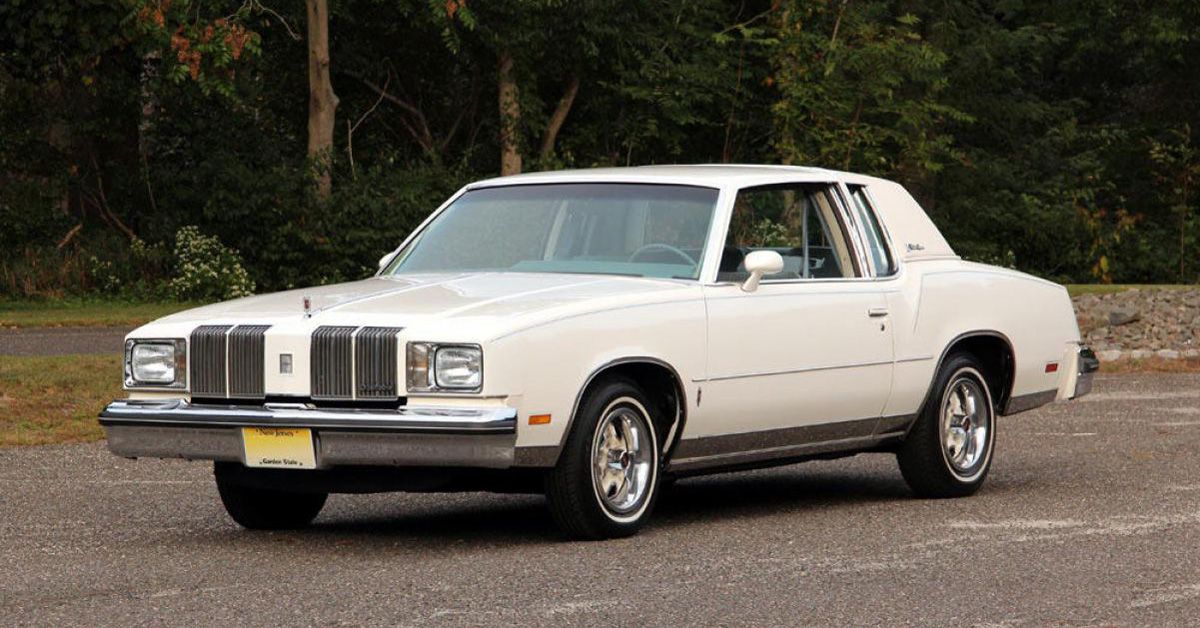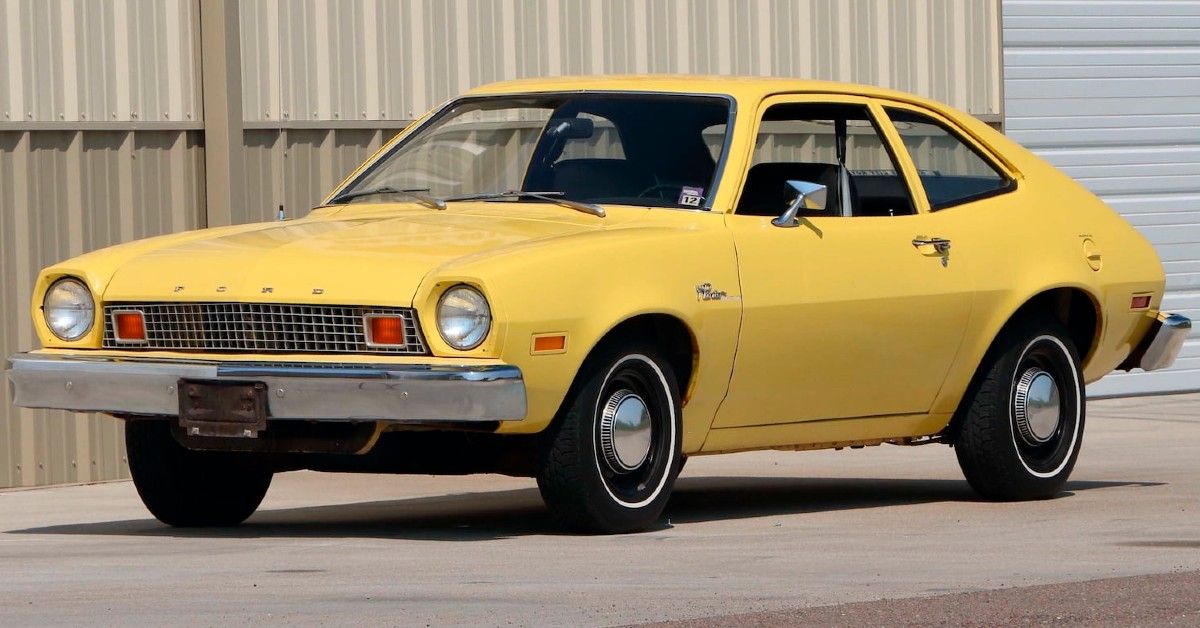Even giants stumble sometimes. After the onset of the global oil crisis in 1971, the US auto industry was caught with its pants down as foreign brands that were already producing budget cars were able to infiltrate the US and take large percentages of market share in national brands. Detroit was thrown into chaos, struggling to manufacture products close to the quality standards of its foreign competitors.
Here, we have compiled a list of 10 Americans classic cars better to leave them in the past where they came from. If you are shopping for classic cars, it would be best to avoid these infamous machines. They can be iconic, just for all the wrong reasons.
10 AMC Pacer
The AMC Pacer was perhaps more misunderstood than poor, but since it’s engrained in motorists’ minds as one of the worst cars ever produced, it’s significant nonetheless. Its radical asymmetric design was more than many people could handle and caused some problems, such as the wagon version’s oversized door causing items in the back to fall out. It also didn’t help that it was launched in the malaise era, when the cars reputation was tarnished by various mechanical issues and seriously underpowered engines. Maybe the Pacer was just a victim of wrong place, wrong time.
9 1978 Ford Mustang King Cobra II
The Mustang King Cobra II debuted in 1974 as a replacement for one of the best-selling American cars of all time. Although it had initial success, the new Mustang could not sustain it. In 1978, the final special edition King Cobra was launched, with the intention of ousting the King Cobra II with a bang.
Unfortunately, it only produced a soft whimper. Its 5.0-liter V8 from the standard Mustang II only came with cosmetic upgrades without performance improvements. It produced just 139 hp with its tiny two-barrel carburetor and a quarter-mile time of fifteen seconds, a far cry from pre-oil crisis muscle numbers. And the package cost $1,377 in total, an absurd amount for a purely cosmetic upgrade. All the Mustang IIs were bad, the King Cobra was simply the most egregious of the bunch.
8 1984-1988 Pontiac Fiero
Fiero in Italian doesn’t translate to “fire,” it means “proud,” although that common misconception would be appropriate for GM’s first P-Body car. Introduced to General Motors as an economy car to get the go-ahead for production, the Fiero was a handsome mid-engine machine with manual steering and rear-wheel drive. If it weren’t for its many technical faults, it probably would have been a huge success as an affordable sports car option.
Because it featured a small three-quart oil pan instead of the industry-standard four-quart, it got hot even during normal driving. This, along with faulty connecting rods and wiring harnesses mounted too close to the exhaust manifolds, made for an explosive combination. One in four hundred Fieros would catch fire, with up to twenty 1984 models catching fire each month. Six people would be injured as a result of the problem, but luckily no one was killed (unlike a car further down this list).
7 1982 Pontiac Trans Am
The third generation of the venerable Firebird emerged for the 1982 model year. Although its new plastic components reduced weight, that’s where the praise stops. The entire lineup was sick with malaise-induced ailments, but the top-of-the-line Trans Am was the most obviously affected. Loaded with a choice of two terrible 305-cid V8s, this Trans Am was not worthy of its namesake.
Unfortunately, the disappointing engine choices were only the beginning of its problems. Poor build quality and reliability issues plagued the third-generation Pontiac. Today, you’re unlikely to find a Concours-worthy example selling for more than $25,000. Definitely a car to avoid.
6 1981-1983 DeLorean DMC-12
The DMC-12 was supposed to be a revolution in car design, it was certainly marketed as one. It featured stainless steel construction that would resist corrosion, as well as gullwing doors. Unfortunately for John DeLorean, his new machine did not live up to expectations. The workers on DeLorean’s production lines were inexperienced, which led to serious quality control problems. Its stainless steel panels were heavy, stained with every fingerprint, and beyond repair. Its Renault-sourced V6 produced just 130 horsepower, meaning the car was much slower than similarly priced competitors.
About two-thirds of the 9,000 cars exist, but they struggle to sell for more than $60,000, a pittance compared to other cult classic automobiles. DeLorean failed in 1985 and the DMC-12 lives in infamy as the direct cause of the downfall of one of the greatest minds in the industry.
5 Ford Edsel 1958-1960
The Ford Edsel, an icon of automotive failure. It’s not the worst car ever, far from it, but its reputation has been earned. Named after Henry Ford’s son, the Edsel never had a purpose. Its designers did not have a goal, a vision they could strive to achieve. Ford promised a revolutionary new car that would change the industry. What the public got in 1958 was a fairly conventional car that shared underpinnings with the rest of the Ford lineup and a face for radio. Even though it was built with these parts, it was priced similarly to the upmarket Mercuries.
The Edsel’s selling prices reflect its image in the public eye, typically selling for less than $10,000. These infamous machines are unlikely to be particularly valuable, but they will continue to serve as a cautionary tale of the dangers of purposeless design.
4 1982 Cadillac Cimarron
Cadillac has never had a stable image, but the one it got after the failure of the Cimarron was certainly not what they would have expected. The Cimarron was nothing like the Cadillacs of yesteryear. It was an insult to the brand and its heritage, nothing more than a rebadged Chevy Cavalier, but priced like a Caddy. Consumers were furious and saw it as a slap in the face at a time when many were struggling financially. It was a blow that Cadillac would not recover from for decades, its market share falling from 3.8% to 2.2%. You’re unlikely to find one for sale anywhere these days, and they’re worth next to nothing.
3 Chevrolet Citation 1980-1985
Looking at the Citation’s sales figures year after year tells its story. When it came out in 1980, it was one of the best-selling cars GM had ever produced, with 811,000 of them flying off the lot. In 1985, its final model year, it sold 63,000, a decline of more than 90%. It was, like many of the poorer American cars of the era, a failed attempt to compete with imports, in this case the revolutionary Honda Accord. The Citation was GM’s first front-wheel drive mass market car and came with a very modern body package. But corners were cut in development, leading to many mechanical ailments and quality issues, leading to recalls.
2 1979-1985 Oldsmobile Cutlass Supreme Diesel
The Cutlass Supreme Diesel would prove to be the downfall of an engine that, upon launch, wowed the American public with impressive fuel economy numbers. It also blew head gaskets because its head bolts simply couldn’t handle the engine’s high compression ratio (22.5:1), causing coolant (which, unlike air, can’t be compressed ) seeped into the cylinders. The affected cylinders would hit the immovable coolant and be forced to stall, but the crankshaft would not, causing the connecting rods to bend, leaving you with an unrepairable engine. That wasn’t even the only problem, the cars weren’t fitted with a water separator, which would mean water condensation would occur in the fuel, causing engine components to rust. These catastrophic failures destroyed diesel’s reputation in America, and it never recovered. GM wouldn’t sell another diesel car in the US until 2014.
1 Ford Pinto 1973-1979
Launched in 1970 as just another regular economy box, the Pinto was meant to compete with European and Japanese imports. By the end of its production, it would be possibly the most notorious American car. Development was rushed to get it to dealers on time, leading to quality control issues. This would prove disastrous, both for Ford and for its customers. In 1972, a Pinto was rear-ended by traffic only moving 28 mph. The fuel tank ruptured and fumes entering the vehicle ignited, killing the driver and permanently disfiguring a passenger.
After the lawsuits in 1973, Ford’s Safety and Environmental Engineering Division discovered that fixing the defective part would be more expensive than dealing with the aftermath of the burn deaths. Ford, to reduce the damage, had calculated the cost of human life. Twenty-seven deaths have been attributed to the defective design of the Ford Pinto. However, some experts believe the number may be much higher.
Sadly, the Pinto wasn’t even a good car, suffering from typical oil crisis ailments. It is an amalgamation of the unfavorable aspects of the engine of the malaise era and is the worst American car ever produced.



